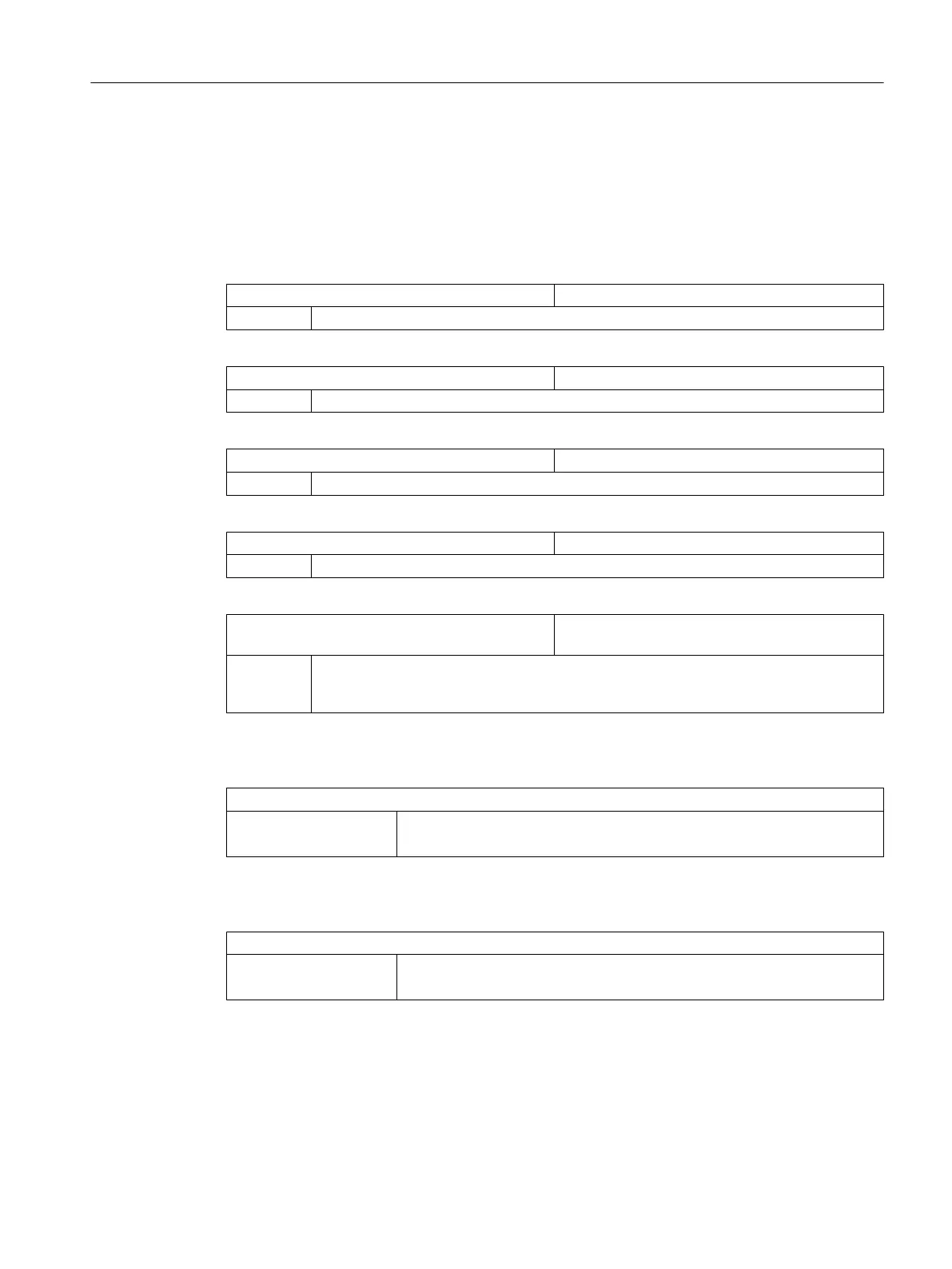21.8.5 Setting up the Hirth joint
If the tool spindle or the swivel axis has a Hirth joint with, for example, incrementing of 2.5°
(360°/2.5° = 144 division), you can set up the following:
Settings
MD30505 $MA_HIRTH_IS_ACTIVE Axis is indexing axis with Hirth joint
= 0 Tool spindle / swivel axis is not a real Hirth axis
MD30330 $MA MODULO RANGE Size of the modulo range
= 360° Effective for modulo axis
MD30340 $MA_MODULO_RANGE_START Start position of the modulo range.
= 0°
MD30501 $MA_INDEX_AX_NUMERATOR Indexing axis, numerator for equidistant positions
= 360° Effective for non-modulo axis
MD30502 $MA_INDEX_AX_DENOMINATOR Indexing axis, denominator for equidistant posi‐
tions
= 144 Defines the value of the denominator for calculation of the distances between two indexing
positions for equidistant positions. For modulo axes, this is therefore the number of in‐
dexing positions.
Swivel axis has Hirth joint
$NT_CNTRL[n]
Bit 5 = 1 Swivel axis has a Hirth joint
[n] transformation name
Tool spindle has Hirth joint
$NT_CNTRL[n]
Bit 6 = 1 Tool spindle has a Hirth joint
[n] transformation name
21.8.6 Different coordinate systems for milling and turning
In boring mills, the rotary table usually rotates around the Y axis (B axis). During turning, the
workpiece must rotate around the Z axis (C axis) in the G18 plane. Therefore, different
coordinate systems must be used on this machine for milling and turning.
Technologies and cycles
21.8 Turning on milling machines
SINUMERIK Operate (IM9)
Commissioning Manual, 12/2017, 6FC5397-1DP40-6BA1 607

